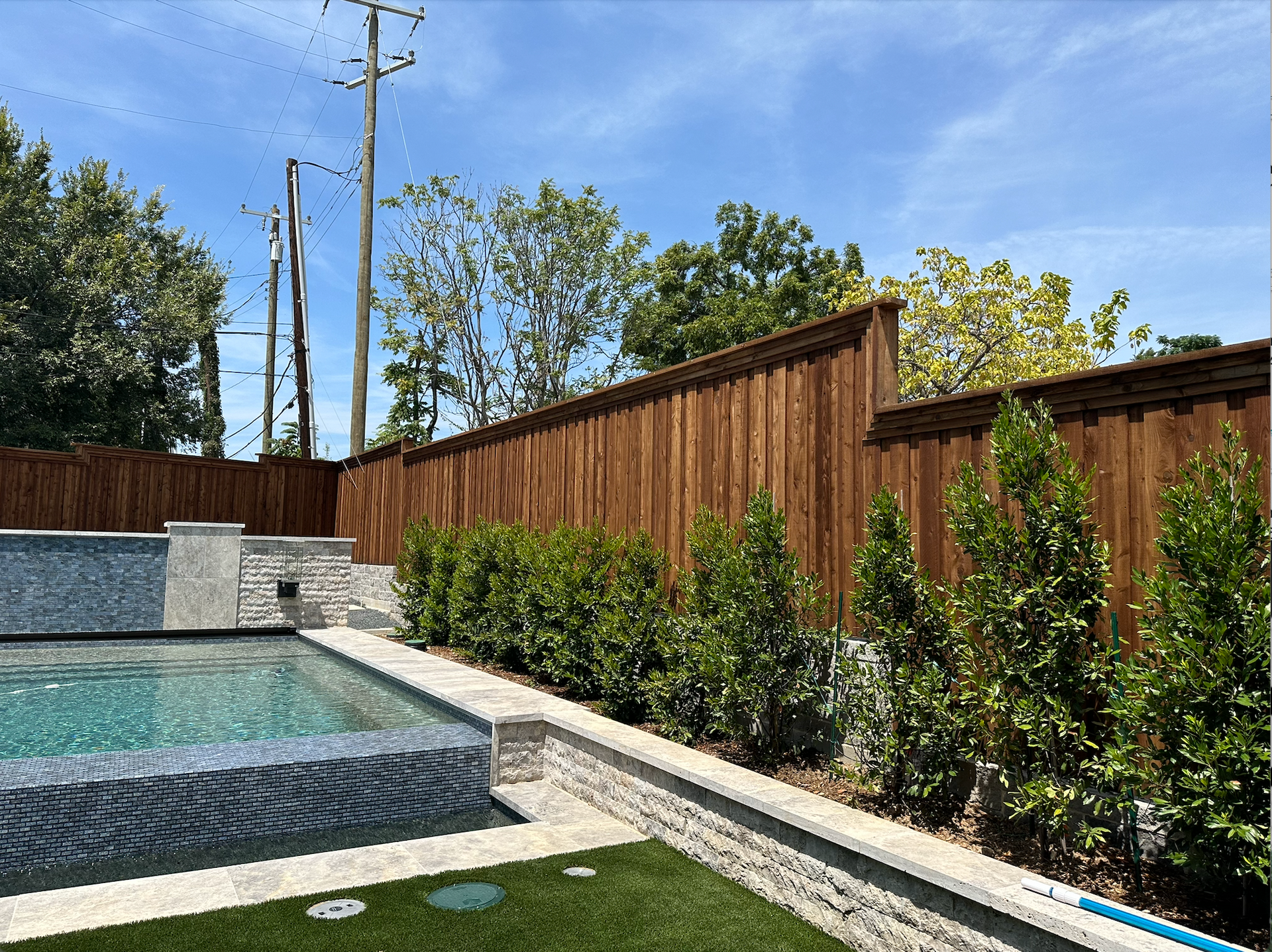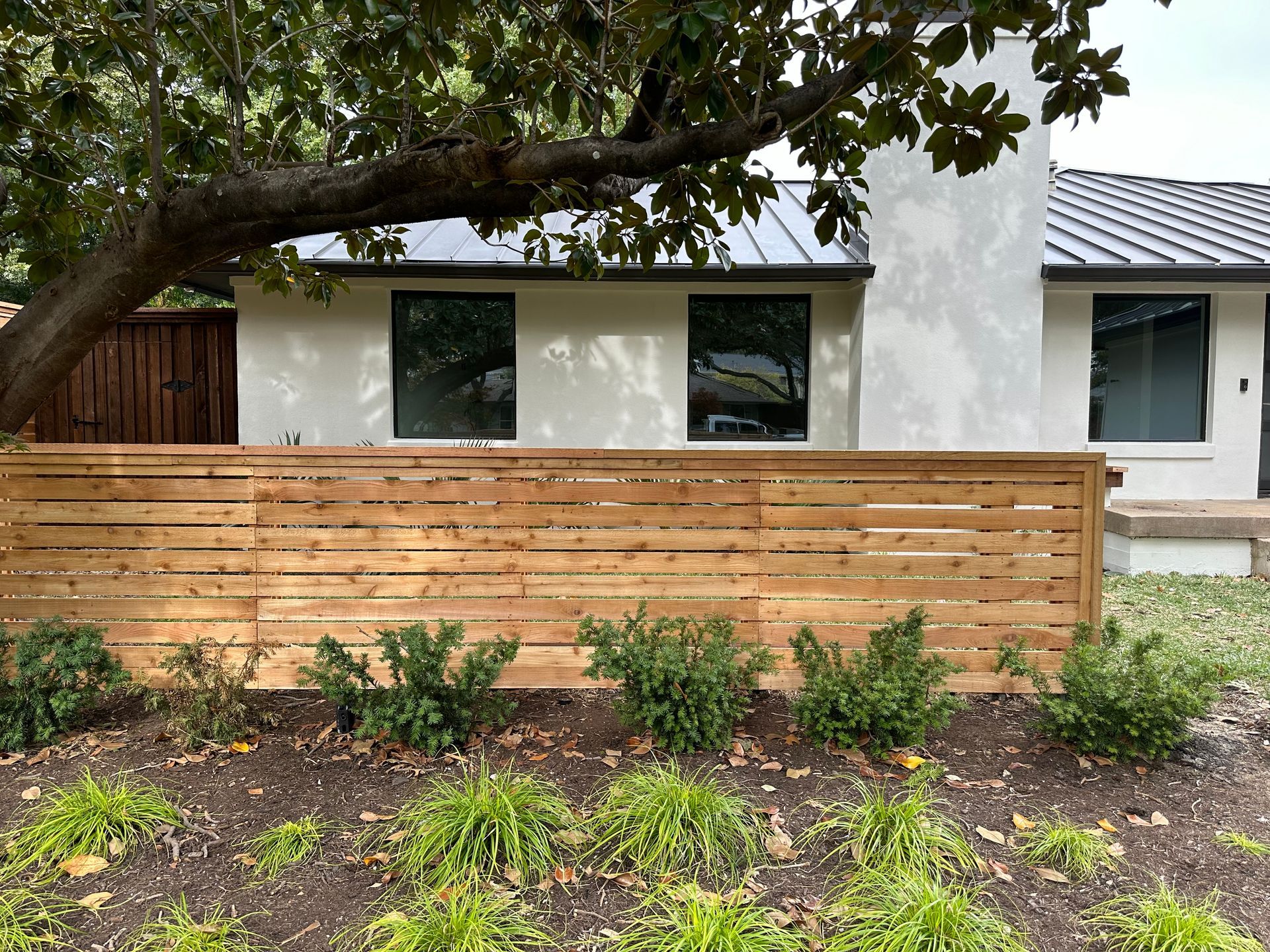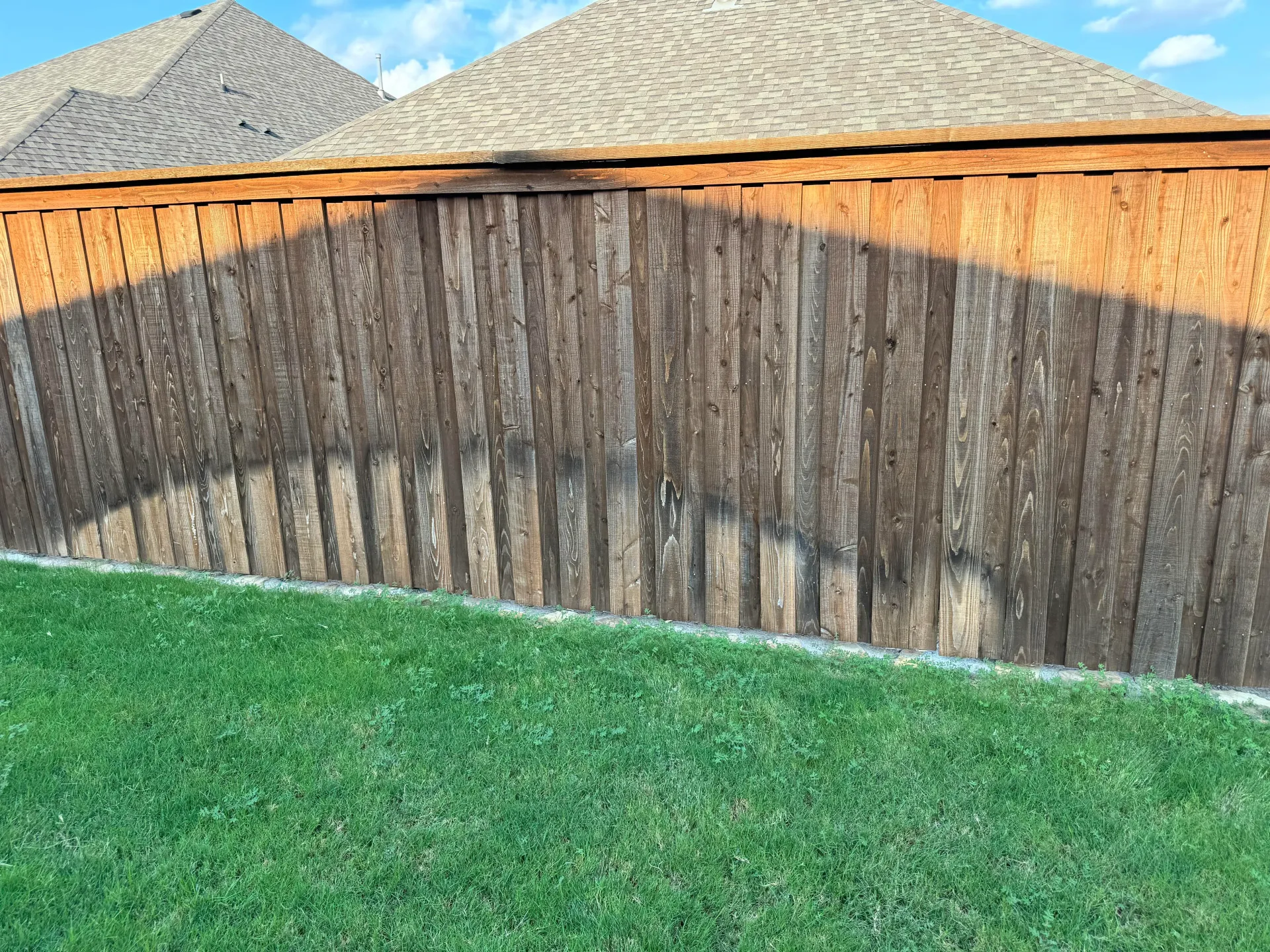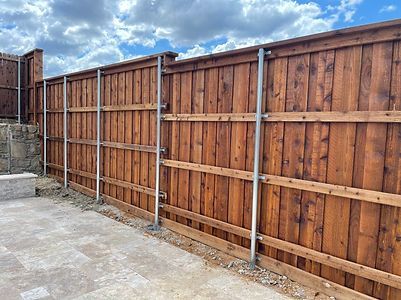How To Properly Water Your Yard Around Fence Posts To Prevent Leaning
Maintaining a beautiful and structurally sound fence requires more than just regular maintenance of the wood or material itself—it also involves careful attention to the soil and water management around it. One common issue many homeowners face is fence posts leaning over time, often due to uneven soil moisture levels. Here’s a comprehensive guide on how to water your yard around fence posts to prevent leaning and ensure your fence remains sturdy for years to come.
1. Understand Your Soil and Drainage:
Before starting any watering routine, assess your soil type and drainage. Clay soils retain moisture longer and may require less frequent watering, whereas sandy soils drain faster and need more frequent watering. Proper drainage is crucial to prevent water pooling around the fence posts, which can lead to instability and leaning.
2. Water Evenly and Deeply:
When watering, aim for deep and even penetration rather than shallow and frequent watering. Shallow watering encourages shallow root growth, which can destabilize the fence posts. Use a soaker hose or drip irrigation system to deliver water directly to the base of the fence posts, ensuring the soil around them receives adequate moisture.
3. Water Consistently, Especially During Dry Spells:
Consistency is key to maintaining soil moisture levels around fence posts. During dry periods or hot weather, increase watering frequency to compensate for increased evaporation rates. Monitor the soil moisture regularly to determine when watering is necessary, aiming to keep the soil consistently moist but not waterlogged.
4. Maintain Proper Mulching:
Apply a layer of organic mulch, such as wood chips or bark, around the base of the fence posts. Mulch helps retain moisture, regulates soil temperature, and reduces weed growth, all of which contribute to healthier soil conditions and stable fence posts.
5. Avoid Overwatering Near Fence Posts:
While it’s important to keep the soil around fence posts moist, avoid overwatering as it can lead to soil erosion, fungal growth, and ultimately, destabilization of the fence posts. Monitor water absorption and adjust your watering schedule accordingly to prevent excess moisture buildup.
6. Consider Seasonal Adjustments:
Adjust your watering routine based on seasonal changes. In cooler months, reduce watering frequency as evaporation rates decrease. Conversely, in hot summer months, increase watering to accommodate higher water loss through evaporation and plant transpiration.
7. Inspect and Maintain Fence Posts Regularly:
Periodically inspect your fence posts for signs of leaning or instability. Address any issues promptly by adjusting your watering routine, adding support braces if necessary, or consulting with a professional for guidance on corrective measures.
By following these guidelines, you can effectively manage soil moisture around fence posts, ensuring they remain stable and upright. Proper watering not only protects your investment in the fence but also contributes to a healthier and more attractive yard overall. With a proactive approach to soil and water management, you’ll enjoy a sturdy and visually appealing fence for many years to come.
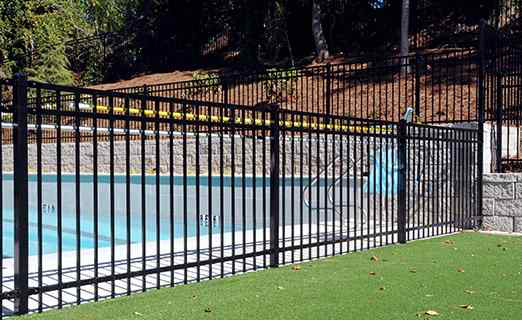

All Rights Reserved | Frisco Fence, LLC



